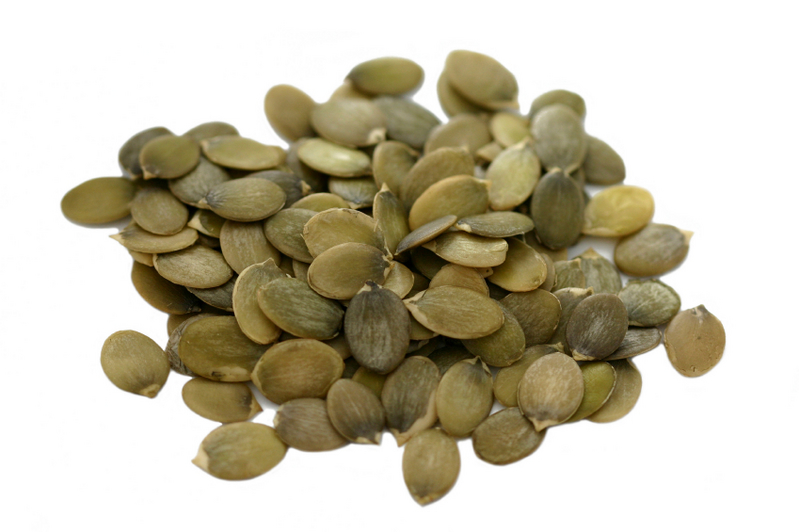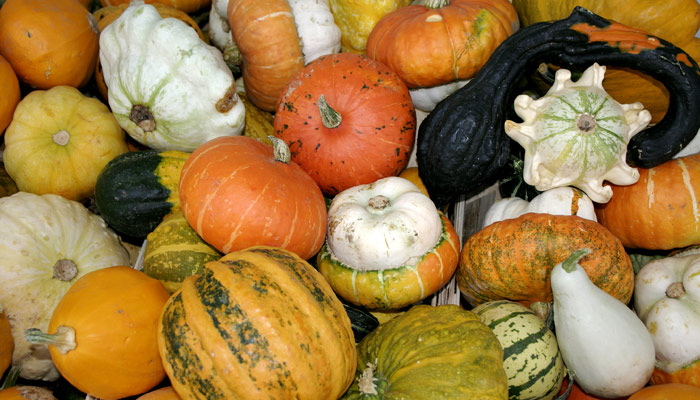
by admin | Oct 21, 2013 | Healing Food Facts
Continuing with our pumpkin theme, pumpkin seeds are another great fall favorite. Although sometimes discarded after carving pumpkins, many use them to make a healthy snack. Pumpkin seeds were consumed by Native Americans for hundreds of years and were also thought to...

by admin | Oct 15, 2013 | Natural Facts
Introduction Quality control refers to processes involved in maintaining the quality or validity of a product. Regardless of the form of herbal preparation, some degree of quality control should exist. Without quality control, there is no assurance that the herb...

by admin | Oct 14, 2013 | Healing Food Facts
With Halloween just a few weeks away, pumpkins are in high demand. As a member of the winter squash family, pumpkins share similar nutritional qualities to the acorn, butternut, spaghetti, and turban squash varieties. When many people think of pumpkins, they often...

by admin | Oct 8, 2013 | Natural Facts
Introduction A previous newsletter highlighted the failure of so-called cognitive enhancing drugs were shown to provide no benefit in cognitive mental impairment (click here). Now researchers from the University of Oxford have shown that even modest supplementation...

by admin | Oct 8, 2013 | Healing Food Facts
Arugula has grown in popularity in recent years, becoming a frequent addition to salads. Its peppery and woodsy flavors provide this green with a distinct flavor. Arugula is native to the Mediterranean region, and grows in parts of southern Europe and the Far East....








